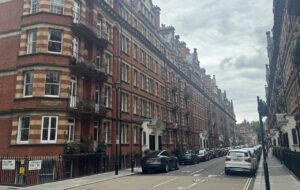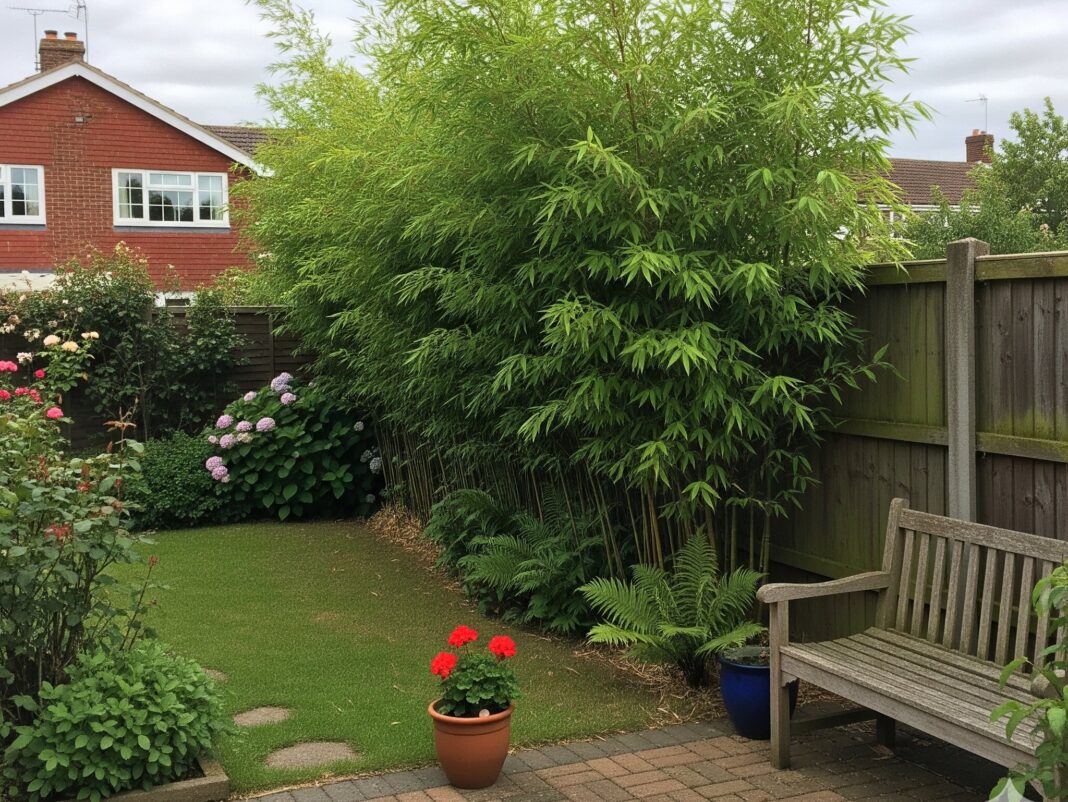Kensington has emerged as the most oversupplied area in London’s luxury housing market, giving buyers the strongest negotiating power, according to new research from Jefferies London.
The firm found that more than 2,200 homes are currently for sale in Kensington, equivalent to 20% of all prime central listings.
Across the wider market, there are more than 11,000 properties available at the top end of the capital’s housing sector.
Chelsea follows with 12% of supply, while Marylebone and Notting Hill each account for 10%. By contrast, some of the most exclusive enclaves remain tightly held: Regent’s Park represents just 2% of listings, with Fitzrovia, Victoria and Mayfair each on 3%. Holland Park makes up 5%.
UNDERPERFORMING
The data comes as prime central London continues to underperform relative to the wider UK housing market.

Price growth in the capital’s most expensive postcodes has been subdued and transactions sluggish, reflecting affordability pressures and caution among international buyers.
Jefferies also identified the property features attracting the greatest demand. Gardens remain the most sought-after, accounting for 12.5% of buyer interest across prime central London, ahead of balconies at 10.1% and private parking at 9.6%.
In Kensington, where listings are highest, outdoor space is a clear differentiator. Of current stock, 12.6% of garden properties are attracting demand, compared with 11.5% for balconies and 11.2% for parking.
The figures suggest that while buyers today enjoy a wider choice of homes, competition is still concentrated on properties offering outdoor space – underlining the premium attached to gardens even in oversupplied markets.
SLOWER TO RECOVER
Damien Jefferies (main picture, inset), Founder of Jefferies London, says: “The prime London market has undoubtedly been slower to recover compared to the wider capital, and we’re now seeing an oversupply of stock in key neighbourhoods such as Kensington and Chelsea, as returning buyer demand levels simply haven’t matched that of those looking to sell.
“For buyers, this represents an opportunity to secure a better price in areas that usually come with far less choice and higher asking prices.
“At the same time, our analysis highlights that homes with gardens continue to command stronger levels of demand than those with balconies or parking, which is a clear indication of buyer priorities within prime postcodes.
“In a market that remains selective and price sensitive, these lifestyle-led features are often what determines whether a property sells or sits on the shelf.”











